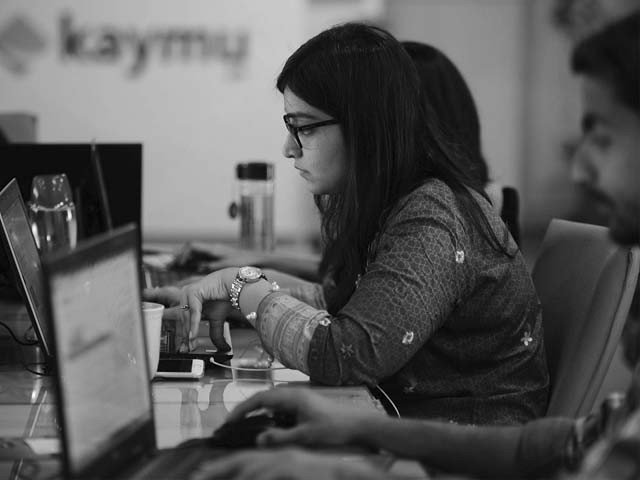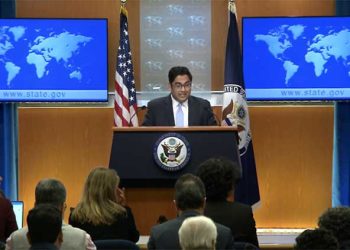Riding the new wave of digital activism, women and girls are using internet platforms to collectively mobilise and amplify their voices against social injustices. Examples include the recent #MeToo and #TimesUp movements against gender-based violence, which gained momentum globally. However, both the activists and the movements have been targeted by sexist cyber-attacks.
The internet cannot remain an open and democratic space unless all those who want to raise their voice on the platform can do so without fearing for their safety and well-being. This calls for a need to deliberate on how we can work together to make the internet a safe space for all, particularly for women and girls.
Silencing voices
Silencing movements and the voices of women is not a new phenomenon, but it has been amplified through digital platforms. Online harassment often translates into offline impacts and consequences, with much documented evidence in this regard. A few examples from Pakistan, which we are all well-familiar with include: defamation charges and strong online backlash faced by Meesha Shafi for calling out a male colleague for harassment, misinformation campaigns and false blasphemy allegations against the organisers of Pakistan’s annual Aurat March, and the unfortunate murder of social media celebrity Qandeel Baloch.
Online violence and hate speech can have grave consequences on the meaningful online participation of women and girls. A recent consultation on online gender-based violence by the World Wide Web Foundation shows that online abuse can “silence, discredit, and censor women’s voices online” and may lead women to leave digital spaces altogether. The report states:


















